calsfoundation@cals.org
Chicot County
| Region: | Southeast |
| County Seat: | Lake Village |
| Established: | October 25, 1823 |
| Parent County: | Arkansas |
| Population: | 10,208 (2020 Census) |
| Area: | 636.98 square miles (2020 Census) |
| Historical Population as per the U.S. Census: | |||||||||
|
1810 |
1820 |
1830 |
1840 |
1850 |
1860 |
1870 |
1880 |
1890 |
1900 |
|
– |
– |
1,165 |
3,806 |
5,115 |
9,234 |
7,214 |
10,117 |
11,419 |
14,528 |
|
1910 |
1920 |
1930 |
1940 |
1950 |
1960 |
1970 |
1980 |
1990 |
2000 |
|
21,987 |
21,749 |
22,646 |
27,452 |
22,306 |
18,990 |
18,164 |
17,793 |
15,713 |
14,117 |
|
2010 |
2020 |
|
|
|
|
|
|
|
|
|
11,800 |
10,208 |
|
|
|
|
|
|
|
|
| Population Characteristics as per the 2020 U.S. Census: | ||
| White |
3,953 |
38.7% |
| African American |
5,417 |
53.1% |
| American Indian |
36 |
0.4% |
| Asian |
38 |
0.4% |
| Native Hawaiian or Other Pacific Islander |
9 |
0.1% |
| Some Other Race |
414 |
4.1% |
| Two or More Races |
341 |
3.3% |
| Hispanic Origin (may be of any race) |
581 |
5.7% |
| Population Density |
16.0 people per square mile |
|
| Median Household Income (2009) |
$34,147 |
|
| Per Capita Income (2005–2009) |
$20.232 |
|
| Percent of Population below Poverty Line |
28.9% |
|
Chicot County is the southeasternmost county in Arkansas. It is bounded by Louisiana to the south and the Mississippi River to the east. The county is located in the heart of the Mississippi Delta; therefore, it is a prime location for agriculture, with some of the richest soils in the state. Because of this, the county continues to have strong ties to the land and is consistently one of the largest producers of cotton in Arkansas. With Lake Chicot as the largest natural lake in Arkansas and the largest oxbow lake in North America, the county provides residents and tourists with ample opportunities for year-round fishing.
According to the 2020 Census, the county had a population of 10,208, with three incorporated cities. The largest is Lake Village, with a population of 2,065. Because of its central location, Lake Village is the county seat. Dermott is the second-largest city, with a population of 2,021; it is located in the northwest corner of the county. The smallest city is Eudora, with a population of 1,728.
Pre-European Exploration through European Exploration and Settlement
While the first recorded history of the county dates to 1542, its natural history goes back nearly two hundred years before that. Lake Chicot was formed at a time when the Mississippi River cut off a meander, thus creating the largest oxbow lake on the North American continent. The name given to the county and the lake was derived from a French word denoting a stump, a snag, or some other kind of submerged timber; stumps are a distinct feature of the lake.
Louisiana Purchase through Early Statehood
The county was carved out of Arkansas County by the territorial legislature in October 1823. The first county seat was at Villemont, named for one of the commanders from Arkansas Post, Don Carlos De Villemont, who was given a grant of land located near the lake in 1795 called the Island del Chicot. Villemont died in 1823, but a settlement was established in his honor in 1822, and this became the seat of government in the county. Villemont was a thriving town of 500 until the late 1840s, when the Mississippi River caused the community’s downfall. The current of the Mississippi River began eating at the banks near Villemont, and the county’s first seat of government crumbled into the river. By 1847, what little remained of Villemont was washed into the river for good. After this, the county seat was moved to the settlement of Columbia until it was relocated inland to Masona on Bayou Macon. Masona was fifteen miles inland, however, and thus too far away from the river traffic, so the people of the county decided in 1857 to move the county seat to Lake Village. Columbia suffered the same fate as Villemont. The town thrived for a few years until 1885, when Columbia’s courthouse fell into the river and was swept away.
When it was first established, the county’s borders encompassed much more land than in modern times, extending to the Saline and Ouachita rivers in the west and to within ten miles of the Arkansas River on the north. This included the present-day counties of Desha, Drew, and Ashley counties as well as present-day Chicot County.
In the years leading up to the Civil War, Chicot County was widely considered to be the richest county in the state and one of the richest in the country. This is due in part to the amount of cotton production in the county as well as the sheer number of slaves there during this period. In 1850, 145 white families in the county owned a total of 3,984 slaves. Over the next decade, the enslaved population of the county more than doubled, with 7,512 recorded in the 1860, while only 1,722 white citizens were recorded. This total placed Chicot County second in the state in the total number of enslaved people, following Phillips County. Enslaved people made up more than eighty-three percent of the total population in Chicot County in 1860. By that year, the county was producing 40,948 bales of cotton at its highest price in years at 12.4 cents per pound. Lakeport Plantation, a representation of the planter economy that dominated antebellum Chicot County, includes a preserved plantation home south of Lake Village.
The county was the site of many incidents of racial violence in the nineteenth century, with a lynching taking place in 1836, the year that Arkansas became a state. An enslaved man known only as William was lynched in 1846.
Civil War through the Gilded Age
During the Secession Convention, local planter Isaac Hilliard represented Chicot County. In the 1860 census, Hilliard is listed as the owner of at least eighty-one enslaved people in the county.
During the Civil War, three companies of Confederate soldiers were raised in the county: Daniel Harris Reynolds‘s Chicot Rangers, who became part of the First Arkansas Mounted Rifles; the Chicot Guards, who became part of the Twenty-Third Arkansas Infantry; and the Chicot Rebels, who joined the Eighth Arkansas Infantry Battalion. The only major skirmish in the area was the Engagement at Old River Lake (a.k.a. Engagement at Ditch Bayou). This was the last major engagement fought in Arkansas. Numerous other engagements took place in the county, including at Eudora Church, Gaines Landing (in 1862 and 1863), Eunice, and a likely massacre of African American Union troops at Ross’ Landing. Through the first years of the war, guerrilla warfare was common in the area. Numerous Confederates fired on the Union steamboats coming up and down the river near the eastern boundaries of the county.
Chicot County had a number of important ports on the lower portion of the Mississippi River. One of these was Gaines Landing, named for Ben P. Gaines, R. M. Gaines, and William H. Gaines, who had settled the area. This was one of the chief ports on the lower Mississippi from 1830 to 1880. Another important landing was on Grand Lake near Eudora. This landing served as a docking point for a number of riverboats in the years leading up to the Civil War. The boats came in with freight and mail and left with cotton, fur, hides, and other products that were used throughout the region. The landing on Grand Lake was later known as Carriola Landing. From the end of the war to the beginning of the twentieth century, this landing was one of the largest shipping points on the Mississippi River south of Helena (Phillips County).
Violence continued in the postwar era with a so-called “race war” in the county in 1871. The lynching of African American John Famer was perpetrated in 1891 after he was accused of murdering a local planter.
Agriculture continued to drive the local economy, with a number of Italian families immigrating to Chicot County and Sunnyside Plantation in the late 1890s to provide labor in the cotton fields. The experiment ultimately failed, and the majority of the families departed Chicot County.
Early Twentieth Century
None of the towns in the county experienced much growth before 1900. The population of Chicot County significantly rose, however, from 1900 to 1910. This is due in large part to the coming of the Memphis, Helena, Louisiana Railroad to Lake Village in 1903. With the coming of the railroad, businesses and offices started to spring up all along Main Street. This included some nine saloons on Main Street alone by 1907. The other towns in the county experienced similar growth in these years, again partly due to the fact that the county now had a significant rail line, linking the rich agricultural area to population centers.
At least two more incidents of racial violence took place in the county in the early twentieth century, with the lynching of Henry Johnson in 1903 and the lynching of Robert Hicks in 1921 after writing a letter to a white woman.
Aviator Charles Lindbergh landed in Lake Village in April 1923 after experiencing engine trouble during a flight between Mississippi and Houston, Texas. After making repairs to the aircraft, he took advantage of the bright moon and embarked on his first-ever night flight, an experience that would help him prepare for his transatlantic crossing just four years later.
Harvey Parnell, Chicot County resident and member of the Arkansas House of Representatives and later the Arkansas Senate, became the lieutenant governor of Arkansas in 1927 (the first person to hold that position since Reconstruction). He became governor the following year and served until 1933.
The economic growth was cut short by the Flood of 1927, which put nearly thirteen percent of the state under water. Since most people in the county were farmers, they were hurt most by the flood. The dams, spillways, and natural streams that carried water to the farmland were virtually destroyed. Lake Chicot, normally a clear lake, became a settling basin for muddy water all the way from Pine Bluff (Jefferson County).
World War II through the Modern Era
During World War II, two of the ten internment camps in the nation for Japanese Americans were located in southeast Arkansas, and one of these was located in Chicot County. The Jerome Relocation Center was located in the small community of Jerome near Dermott. The camp was in operation from October 1942 through June 1944 and, at its height, had a population of 8,497 residents of Japanese descent.
Today, the county maintains its agricultural roots. Cotton, rice, and soybeans are the primary agricultural products in the county, though catfish farming and corn production are on the rise. Recreation is also centered on outdoor activities as well. While Lake Chicot is the largest lake in the county, there are others that provide ample fishing and water-sport opportunities, including Grand Lake near Eudora and Lake Wallace near Dermott. The increased mechanization of agricultural enterprises has accompanied a major drop in the population of the county from a high of more than 27,000 in 1940 to just over 10,000 in 2020.
With Lake Chicot being the main source of recreation in the county, clean-up efforts were crucial to keeping the lake usable for such purposes. In 1968, the Lake Chicot Project was created to help divert muddy water into the Mississippi River. Initial cleanup efforts led to the establishment of Lake Chicot State Park at the northern end of the lake in the 1950s. The $89 million project was started in August 1976 and finished in April 1985. The project included creating a pumping plant and a dam just north of the lake to divert water to the Mississippi. Within a few years, the lake was restored to its former clear water, and boating and fishing became common once again.
For additional information:
Doyle, Daniel R. “The Civil War in the Greenville Bends.” Arkansas Historical Quarterly 70 (Summer 2011): 131–161.
Gatewood, Willard B. “Sunnyside: The Evolution of an Arkansas Plantation, 1840–1945.” Arkansas Historical Quarterly 50 (Spring 1991): 5–29.
Jones, J. Wayne. “Seeding Chicot: The Isaac H. Hilliard Plantation and the Arkansas Delta” Arkansas Historical Quarterly 59 (Summer 2000): 147–185.
Moneyhon, Carl. “The Impact of the Civil War in Arkansas: The Mississippi River Plantation Counties” Arkansas Historical Quarterly 51 (Summer 1992): 105–118.
Simons, Don. In Their Words: A Chronicle of the Civil War in Chicot County, Arkansas, and Adjacent Waters of the Mississippi River. Sulphur, LA: Wise Publications, 2000.
Sutton, Keith. “The Death and Rebirth of Lake Chicot.” Arkansas Game and Fish 16 (September/October 1985): 5–9.
Wintory, Blake. Chicot County. Charleston, SC: Arcadia Publishing, 2015.
Scott Cashion
University of Arkansas, Fayetteville
Revised 2022, David Sesser, Henderson State University
 Chicot County Railroads
Chicot County Railroads 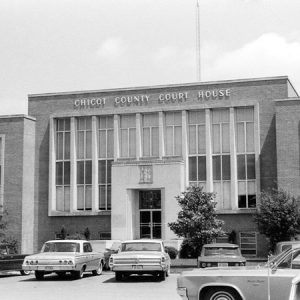 Chicot County Courthouse
Chicot County Courthouse 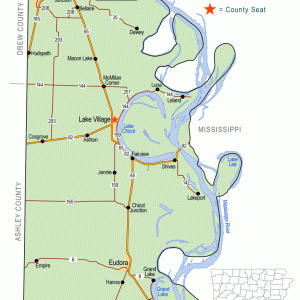 Chicot County Map
Chicot County Map  Dermott 1927 Flood
Dermott 1927 Flood 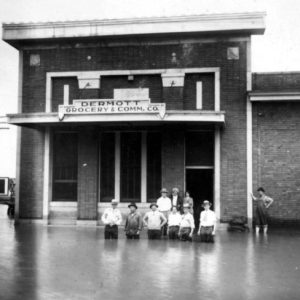 Dermott 1927 Flood
Dermott 1927 Flood 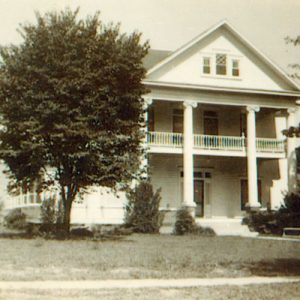 Dermott Hospital
Dermott Hospital  Dermott Railroad Depot
Dermott Railroad Depot  Eudora Ox Team
Eudora Ox Team  Greenville Bridge
Greenville Bridge  Lake Chicot State Park
Lake Chicot State Park 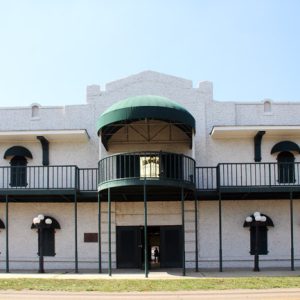 Lake Shore Hotel
Lake Shore Hotel 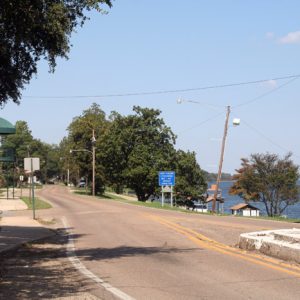 Lake Village
Lake Village  Lake Village Confederate Soldiers Monument
Lake Village Confederate Soldiers Monument  Lake Village Flood
Lake Village Flood  Lakeport Plantation
Lakeport Plantation  Charles Lindbergh
Charles Lindbergh 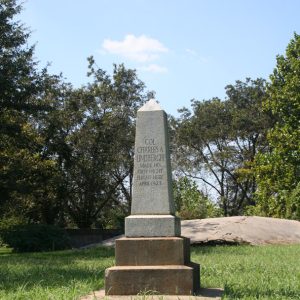 Charles Lindbergh Monument
Charles Lindbergh Monument 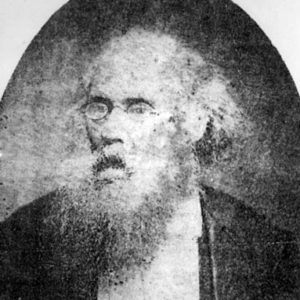 Charles McDermott
Charles McDermott 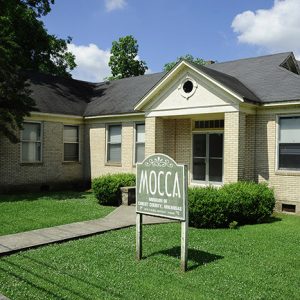 Museum of Chicot County
Museum of Chicot County 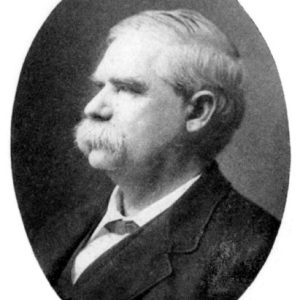 Daniel Reynolds
Daniel Reynolds 




Comments
No comments on this entry yet.